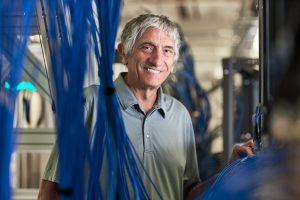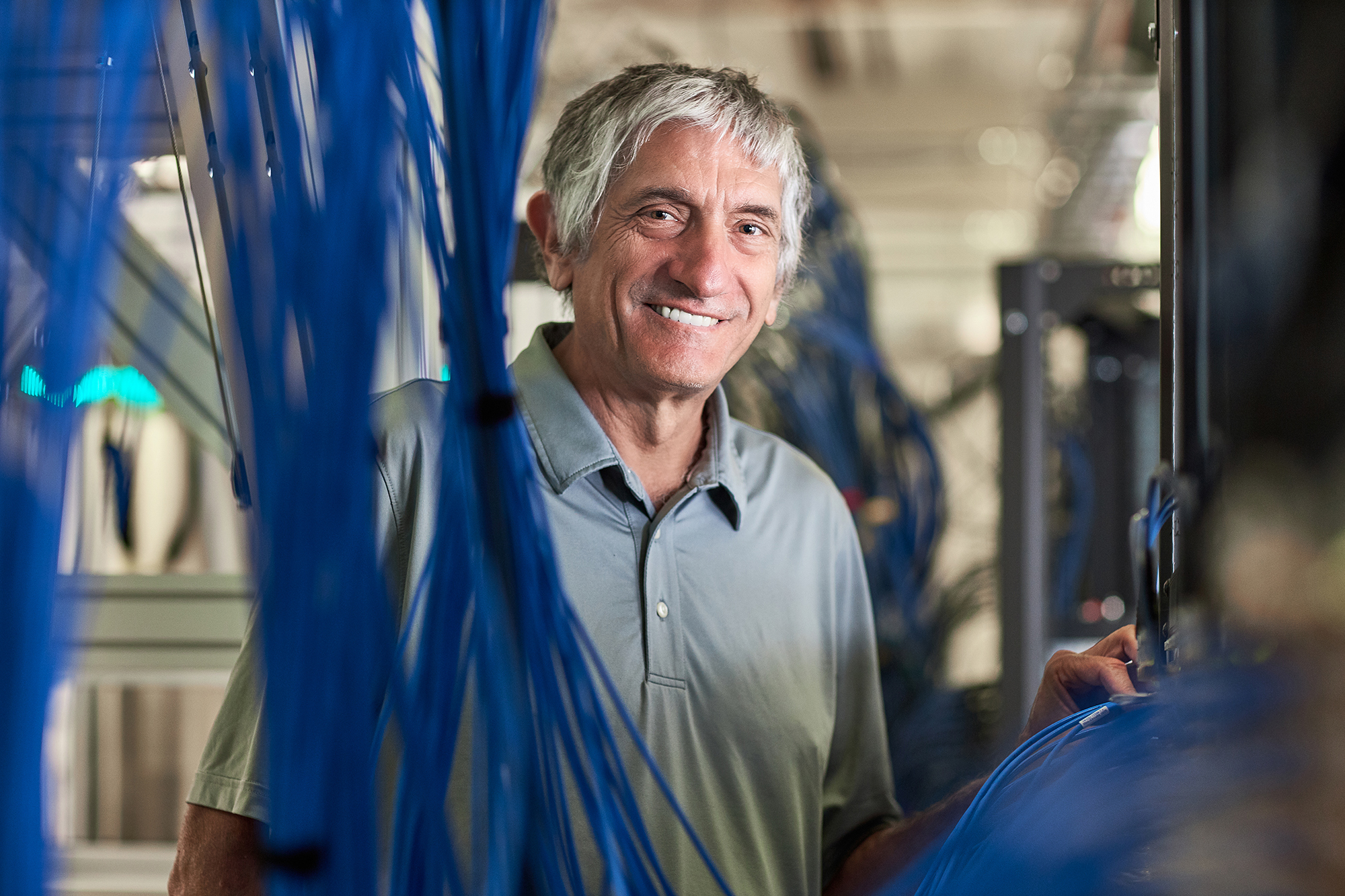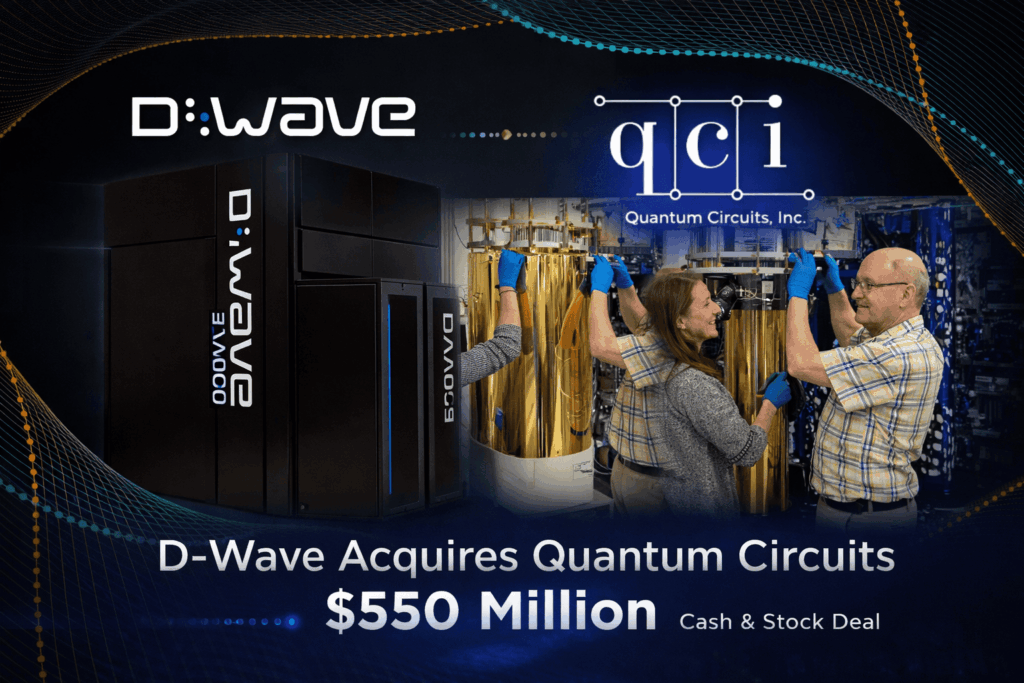
The seventh biennial John Stewart Bell Prize for Research on Fundamental Issues in Quantum Mechanics and Their Applications is awarded to John Martinis (professor of physics, UC Santa Barbara, USA) for his innovations in the design and control of superconducting devices, in particular his leadership in devising low-error multi-qubit superconducting chips, which has resulted in the first plausible claim of quantum supremacy, ushering in a new era of computing.
The announcement was made by the Centre for Quantum Information and Quantum Control.
John Martinis has done groundbreaking research on coherent superconducting devices since his PhD at the University of California, Berkeley, in 1985. These superconducting devices can be modeled as lumped-element electric circuits using Josephson junctions, capacitors and inductors as components. The fact that a superconducting phase across a Josephson junction can display coherent quantum behavior – even though it is a property of the wave function of an immense number of electrons – can be viewed as a fundamental discovery, kickstarting, in retrospect, the field of superconducting quantum computing.
John Martinis invented and developed the superconducting phase qubit, based on a current-biased Josephson junction, for the purpose of scalable multi-qubit quantum computing. In 2002, he first demonstrated coherent Rabi oscillations and quantum measurement for such superconducting phase qubit. He has had a longstanding interest in understanding the origin of noise in superconducting electric circuits as these sources of noise naturally limit qubit coherence. In particular, his understanding of noise sources such as dielectric loss, flux noise and the presence and dynamics of quasi-particles, by means of simple physical models, have been instrumental in the field. The effect and mitigation of quasi-particles and how they are affected by radiation and cosmic rays continues to be of high interest for the future of superconducting quantum devices.

An important step showing his leadership and commitment to building a quantum computer came with his 2014 move, as a Professor at UCSB, to Google, where he gathered a large team of physicists and engineers to tackle the challenge of making a multi-qubit programmable processor. This team has excelled in its relentless focus on optimizing device performance by implementing successful engineering choices for qubit design, couplers and scalable I/O.
An example was the realization of a two-qubit gate of unprecedented quality between “Xmons,” X-shaped transmon qubits, achieving fidelity as high as 99.4%. This allowed the team to make the first crucial steps towards the holy grail of quantum error correction. Quantum error correction aims to use many qubits redundantly to represent logical qubits with improved coherence and logical gates. In particular, the experiment with a linear array of Xmon qubits implementing the classical repetition code by repetitive parity measurements demonstrated, for the first time, that logical qubit fidelity improves with increasing qubit redundancy. These groundbreaking works can be seen as leading up to the goal of preserving the state of a logical qubit by means of the 2D surface code. Examples of other important advances have been the development of a tunable coupling between transmon qubits, crucially mitigating the issue of qubit cross-talk, as well as the development of fast multiplexed quantum measurement.
These engineering advances culminated in 2019 in the creation of the 53-qubit Sycamore chip, a multi-qubit programmable quantum device with 2D qubit connectivity of unprecedented size, coherence and capability. With this chip the Google team under his leadership was able to execute a relatively deep quantum circuit, venturing into novel computational territory for the first time. This computational territory, termed “Quantum Supremacy” in, is defined by the inability for ordinary ‘classical’ computers to simulate the output of a sufficiently large programmable quantum device.
Where a Bell experiment shows the nonlocality of quantum entanglement and its departure from classical stochastic models, a quantum supremacy experiment aims at demonstrating a quantum departure from the computational power of classical physics. Given the powerful established platform of classical algorithms, demonstrating quantum supremacy experimentally requires high precision multi-qubit control, as noise can readily destroy a quantum computational advantage. The unprecedented level of control of the Sycamore chip has already created new opportunities for performing innovative simulation, optimization or quantum error correction experiments as demonstrated by the Google Quantum A.I. team and collaborators in 2020 and 2021.
The Bell prize committee thus believes that the quantum supremacy experiment of 2019 can be viewed as a crowning achievement of John Martinis’ many-year commitment to building multi-qubit superconducting processors, motivating the awarding of the prize.
John Martinis was an expert in TQD’s Quantum Ethics: A Call to Action mini-documentary.
Source: Centre for Quantum Information and Quantum Control
For more market insights, check out our latest quantum computing news here.
















